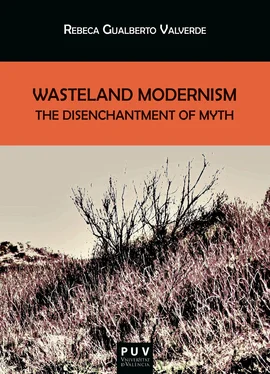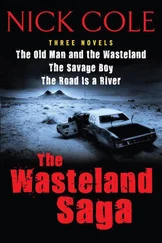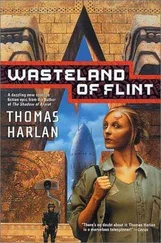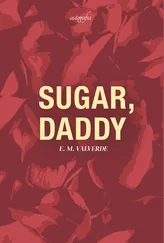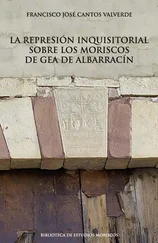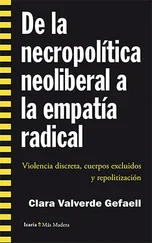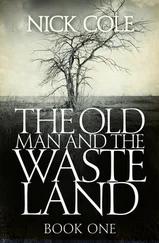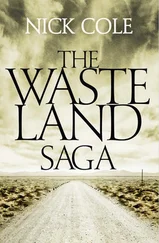The reason for this parallel transformation is that the reinterpretation of the Waste Land itself articulates an ideological turn embodied in the medieval Holy Grail. The turn coincides with what Hocart defined as the “revolution in mythology” brought about by Christianity, according to which “a Christian may be lusty and strong, yet, in the words of Malory, ‘dead of sin’” (Hocart 26). In such a religious context, the Grail’s prime function is no longer to serve a feast in a marvelous castle but to provide sustenance, in effect physical and spiritual, to the dispossessed that inhabit the mythical Waste Land. This codifies the medieval myth as a story of communal restoration, social and spiritual. From an ideological standpoint, this new version of the tale is quite different from the alleged sources, a circumstance that Loomis relates to the historical phenomenon of euhemerism: the replacement in Christianity of the pagan deities of mythology for divine or quasidivine monarchs (Loomis 24). According to this theory, Arthurian mythology replaced Irish gods who lived in supernatural palaces with kings whose divinity manifests in the mystical bond that connects them sympathetically to their lands. In doing so, medieval myth articulated the romance ideology that legitimized the political institutions it narrated, which explains the prominence and many variations of the Waste Land myth in the Arthurian canon.
The only source composed in English that collects the entire Arthurian cycle is Thomas Malory’s Le Morte d’Arthur , a collection of romances edited as a book by William Caxton in 1485. These late romances, built upon “the principle of ‘singleness’ which underlies the normal structure of a modern work of fiction” (Vinaver VIII), substantiate how, towards the end of the fifteenth century, what may have been a pagan myth has transformed into an episode in the history of a religious relic that offers the possibility of redemption for a civilization that has been generally corrupted. 8 The proliferation of maimed kings and wastelands accounts for this collective malady. Malory initially identifies the Maimed King with King Pelles (II 337), who suffered an injury in the thighs trying to obtain a mysterious sword. A few chapters later, however, Pelles and his son travel to find a second maimed king (II 364), King Pellam, father to King Pelles and injured in a battle with Longinus’s spear. As a consequence of Pellam’s injury, a “dolorous stroke,” three kingdoms are destroyed (I 84), which mirrors what happens after the death of his father, King Labor, whose death in battle brought about a terrible plague, desolating his realm: “for sithen increased neither corn, ne grass, nor wellnigh no fruit, ne in the water was no fish: wherefore men callen it (…) the Waste Land” (II 334).
Despite the overt Christianisation of the Grail and the pervasiveness of religious relics in different episodes of the romances, the Waste Land myth’s primary meaning remains more or less invariable. There are three separate Maimed Kings in Malory’s romances, and in all cases, life in their kingdoms is dependent upon their welfare. King and kingdom remain magically bound in a crisis that requires urgent regeneration to guarantee social and political continuity. In the late fifteenth century, the repetition of Fisher-King figures as fathers, sons, and even grandsons associates the correlation between castration and the wasting of the land to notions of inheritance and feudal structures’ good functioning. Yet, it does so in a context in which medieval social ideals were beginning to crack. As Barron argues, Malory’s works constitute “a display of chivalry so comprehensive as to contain its own critique of the code” (Barron 148). This means to say that Malory’s latemedieval romances do not merely depict a set of legitimizing social ideals for medieval power structures. Instead, they present the stories of Arthurian Britain as the narrative articulations of a series of contradictions that characterize the ideological conflicts and dissension of his time, when the confrontation of a medieval worldview and a rapidly-changing social reality led to the collapse of the ideals celebrated in romance mythology. The inherent inconsistencies of these ideals were becoming visible. Towards the end of the fifteen-century, the dominant ideologies of medieval mythology and their legitimization of absolutism and feudalism had apparent limitations as a political model, which was evident to Malory “in the failure of the dynastic dream of Arthurian Britain [and] in the chaotic nightmare of contemporary England” (Barron 148). In a significant manner, this introduces an early instance of mythical reshaping that expresses meanings of chaos and social dissolution. This is a phenomenon perfectly integrated into the literary history of the Waste Land myth. It is reactivated at different stages throughout tradition—most resonantly, perhaps, in the literature of American modernism.
THE MYTH-CRITICAL FRAMEWORK
Of all the schools of thought that have analysed Arthurian mythology, the most relevant for a study that explores how the myth features in modernist literature is undoubtedly the myth and ritual school. This school, also known as the Cambridge Ritualists, were a group of classical scholars who, in the decade before the First World War, applied James G. Frazer’s theory of myth and ritual to classical mythology and early forms of classical drama (Segal Theorizing 49). Some years later, a contemporary of the Cambridge Ritualists, Jessie Weston, applied the myth and ritual theory to the study of the Grail Legend in her seminal book From Ritual to Romance (1920). This book heavily influenced T. S. Eliot’s representation of the Waste Land myth in his homonymous poem and therefore determined significantly how the myth would be revised in American modernism.
The basic premise of myth-ritualism is the belief that “literature harks back to myths that were originally the scripts of the key primitive ritual of regularly killing and replacing the king in order to ensure crops for the community” (Segal Theorizing 44). This notion originates, of course, in James G. Frazer’s The Golden Bough (1890). This highly influential anthropological study of myth and religion advanced the hypothesis that all myths emerge as the narrative transposition (as either a script or an explanation) of ritual ceremonies. The primeval ritual described by Frazer is a rite during which the tribal king—whose body is believed to lodge the spirit of the god of vegetation, according to the second branch of mythritualism—is sacrificed by the community when he falls ill or when his strength diminishes (Frazer 308-329). This sacrifice, magically bound to the passage of the seasons, is teleologically aimed at warranting the restoration of the crops in springtime, since, in Frazer’s hypothesis, all primeval cultures held the belief that the fertility of the land depended upon the strength and vigor of the king. Weston transfers this hypothesis to the Grail’s story, which mythologizes the notion that the welfare of the land is magically bound to the welfare of the king. Translating Frazer’s theory to Arthurian criticism seems logical in the myth-ritual school context, especially when considering the similarities between Frazer’s ritualism and the story of the Fisher King. However, the influence that Weston’s book had upon contemporary literary and critical revisions of the Waste Land myth was decisive for reasons which go beyond the limited impact of the book on Eliot’s poetry and which account for the somewhat transgressive reinterpretation of the myth that is the focus of this study.
From Ritual to Romance entailed a critical revolution in the field of Arthurian Studies since the Grail’s story was critically dissociated from Christianity when Weston argued that the Waste Land myth was, in fact, the literary evolution of an ancient fertility rite. This myth-ritualistic hypothesis somehow reversed the Christianization that the Grail’s story had undergone throughout the Middle Ages as it re-codified the tale as the pagan myth that it had been, allegedly, in origin. This entailed a demystification carried through to the literary representation of the myth, as can be observed in modernist texts in the expansion of mythical referents brought about by a myth-ritualistic perspective. The texts retell the story of the Grail adapted to the contextual realities of post-war Europe and America, but the representations of the myth become populated by signifiers of ritual, sacrifice, and vegetation deities; Tarot cards, bullfighting, and sympathetic magic, along with many other symbolic and thematic elements that appeal to ritual mysticism. After the impact of myth-ritualism, at least in the immediate context, it becomes impossible to revise the myth of the Waste Land without addressing an alleged ritual substratum that provides structure and meaning to the romance genre. As will be examined, then, the revision of the myth in modernism will also entail a reassessment of ritual, often revealed as debased and desecrated in the contemporary world.
Читать дальше
